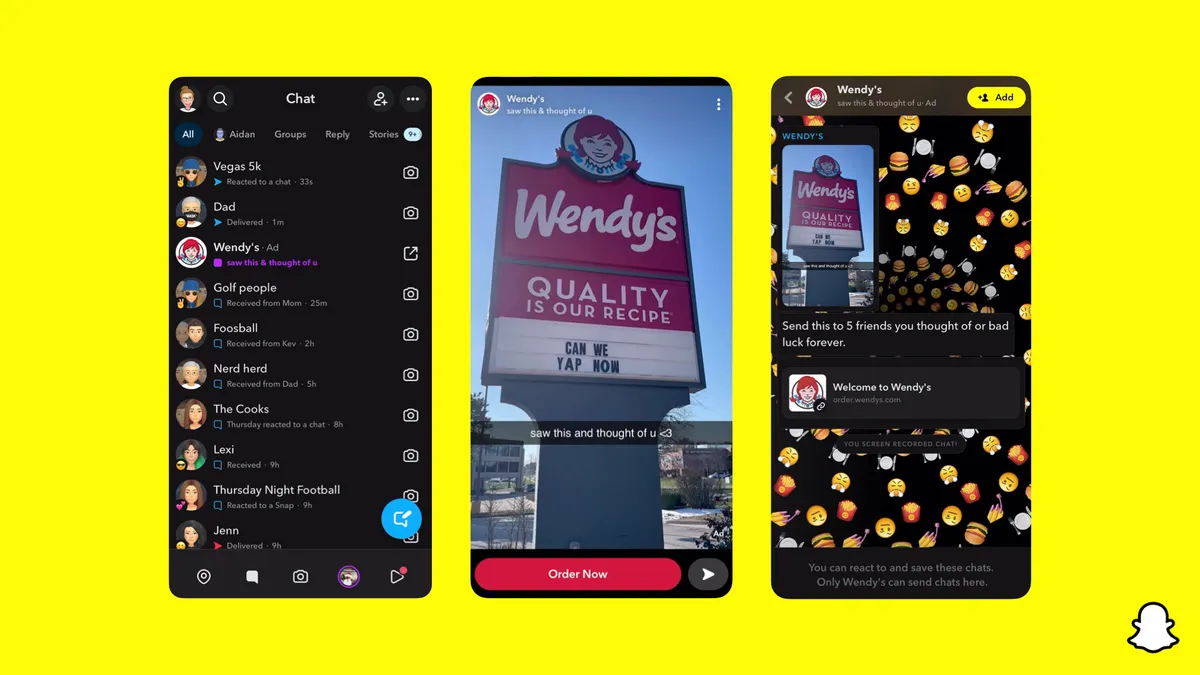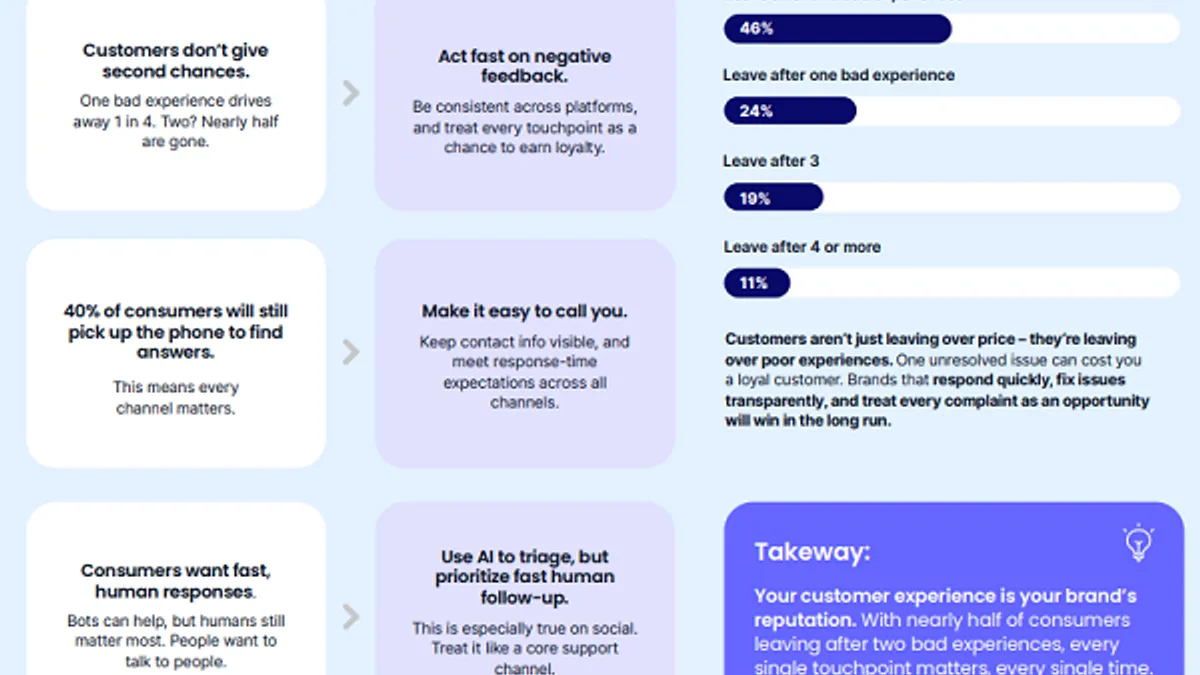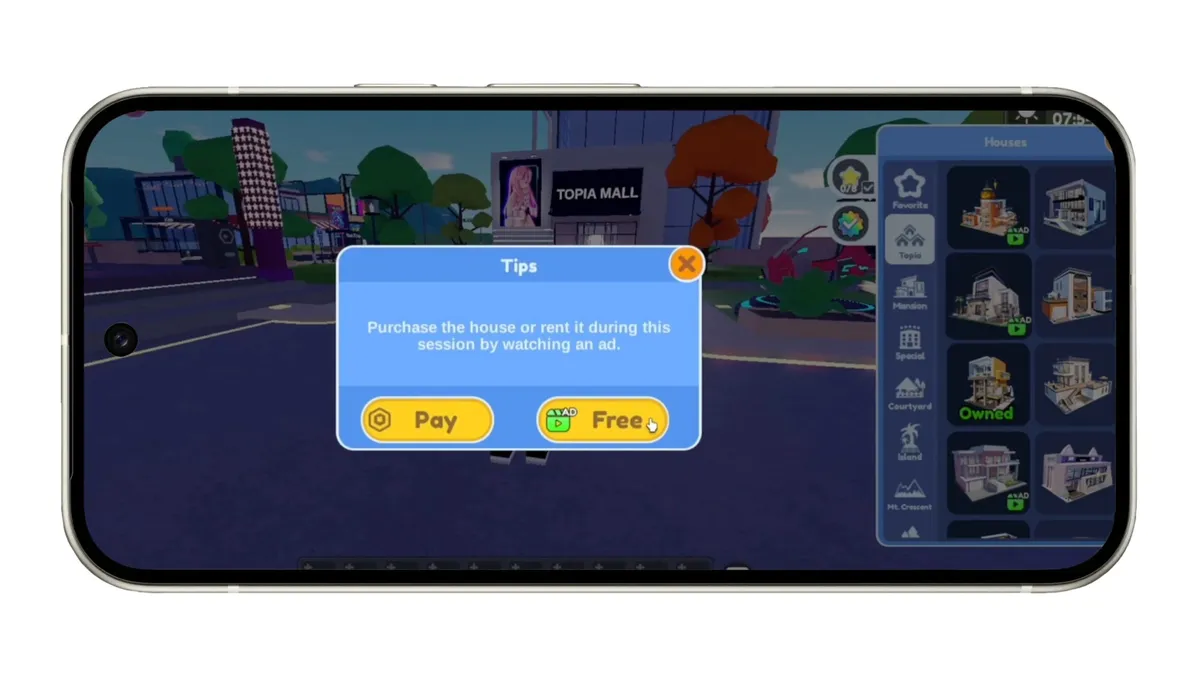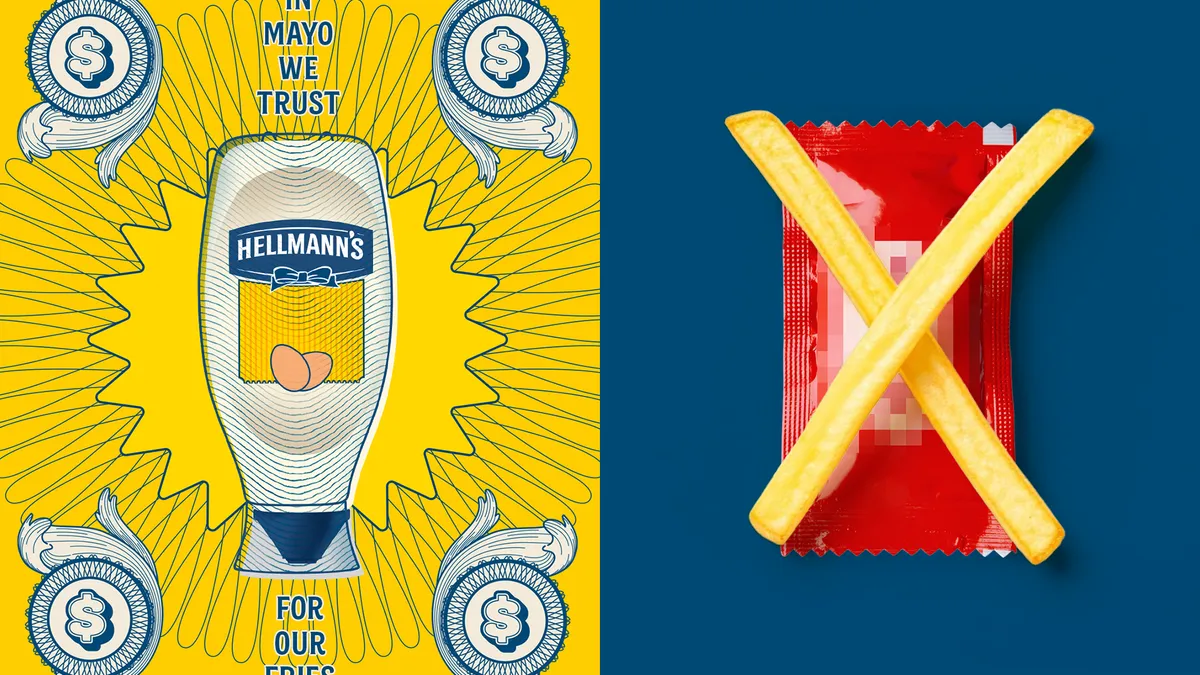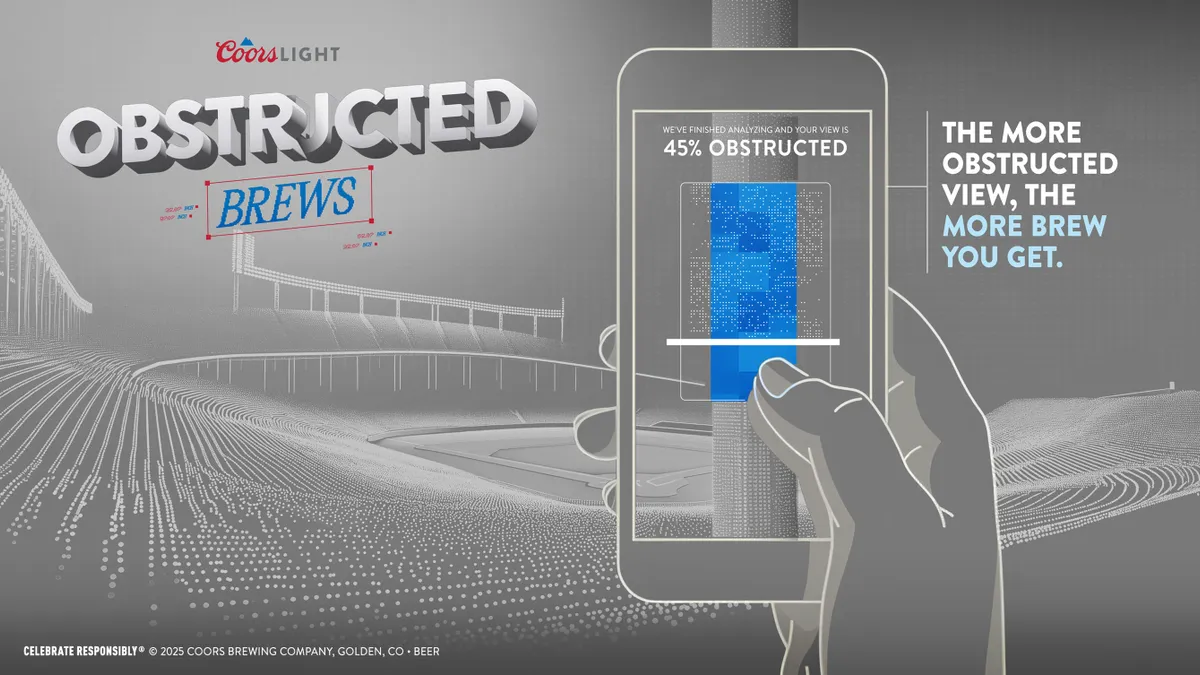Gazing into a crystal ball doesn’t always conjure a clear image of the future but it can give a general sense of an industry’s pulse. If one thing came through loud and clear from marketing analysts last year, it was that channels like digital and — embedded in that — mobile and social remain top of mind for marketers even as many struggle to figure out how to master them.
Digital recently surpassed TV to become the biggest channel in terms of spend for the first time ever, though surveys from authorities like the CMO Council have shown over one-third of marketers still can’t figure out an effective digital strategy. Such failures to adjust to continued disruption and media fragmentation will only continue to rattle the industry as consumers become savvier and more demanding of brands, who also have to compete with obstacles like a growth in ad blocking.
While emerging technologies and burgeoning formats promise potential solutions to these woes, marketers will need to develop an educated and measured approach to new offerings lest they fall behind again as they did with digital. In order to properly prepare for what’s sure to be a fast-paced, tumultuous year ahead, Marketing Dive has the rundown on the most buzzed-about studies, surveys and forecasts from 2016 and what they might mean for the future:
1.) The CMO chopping block
Many were surprised in early December when it was announced that General Mills CMO Ann Simonds would be parting ways with the CPG giant at the end of 2016. Though Simonds only assumed the role in 2014, she quickly rose to be one of the more notable and outspoken marketing executives in the industry, particularly when it came to addressing widespread issues like a lack of diversity at ad agencies.
While Simonds’ departure was of her own volition, it pointed to just how prone to overturn the chief marketing officer position has become. The average lifespan for a CMO now stands at just 44 months, according to industry analysts, with a standout figure like Simonds falling short of that benchmark with just a two-year tenure.
This year, the road is set to get even rockier: Forrester Research predicted in November that at least 30% of CMOs will be fired in 2017 in what might become a seismic shift in the way brands are organized and run. The report suggested at the time that many in the CMO role will be canned by their chief executives for an inability to achieve proper digital transformation for their business.
Findings from the CMO Council from December backed up Forrester’s claims, with 38% of marketers surveyed reporting their digital strategies continue to produce mixed results at best, and almost half claiming they don't feel confident tying together digital and physical marketing efforts. Studies from Duke’s Fuqua School of Business from September further suggested that over 60% of B2C CMOs don’t comprehend the quantitative impact of social media; nearly 50% of B2B marketers said they’ve not been able to show how social media has affected their business at all.
The problem is hardly relegated to top executive roles, however, and might become a sort of epidemic if not properly addressed at both the micro and macro level.
2.) Declining skills in an accelerating industry
The rapid proliferation and fragmentation of media options make it increasingly difficult to master a channel like digital even as demand for a jack-of-all-trades approach grows. It’s an issue that has no simple solution but can be greatly compounded by a lack of self-awareness and education on the part of marketers.
In September, the Digital Marketing Institute released a report titled “Missing The Mark: The Digital Marketing Skills Gap In Ireland, UK & USA” which showed that U.S. marketers perceived their digital marketing skill levels at 59%, while actual skill levels stood at just 38%.
The wide gap between perception and reality was only made more striking with revelations that skill levels were down overall from 42% in 2014 — a decline likely to continue as digital gets simultaneously more complicated and in-demand this year.
"The speed at which the digital landscape is evolving means that the only way to keep pace is through the cultivation of an environment that promotes continuous upskilling and professional development," read the report.
The Digital Marketing Institute’s findings served as a stark wake-up call last fall, with 63% of U.S. marketers stating that becoming more digitally focused will be critical to their organizations over the course of 2017 and into next year. However, an overeagerness to jump in and get on top of what's trendy can be equally harmful to businesses and inevitably lead to poor quality content.
3.) Native is only going to get bigger
Part of the solution for improving digital and mobile strategies will be finding the right way to connect. Old, intrusive and often irrelevant ways of serving ads such as interstitial formats continue to tick off consumers — they’ve never really worked — who turn on ad blockers on mobile and desktop in their ire.
In 2017 and beyond, native advertising will continue to emerge as a potentially more effective way to get a quality brand message across. Data from the Interactive Advertising Bureau (IAB), PwC and IHS, BI Intelligence from May predicted that native advertising will account for 74% of all ad revenue by 2021, growing at a five-year compound annual rate of 17% starting from last year.
IAB further predicted in December that new native formats will emerge this year including virtual reality; that marketers will shift budgets away from display units in favor of native; and that premium publishers will continue to partner with marketers for custom content solutions in 2017. However, while sponsored content and other native offerings retain a broad appeal, brands can expect to face familiar headwinds as these tactics become more streamlined and integral to larger strategies.
"Marketers will become increasingly challenged in creating quality content at scale and linking it into their overall content ecosystem,” Charles Lee, president of Worldwide IDG and a member of the IAB Native Advertising/Content Committee, said in the December report.
"Marketers will also need to be reminded that the most effective native content is content that is contextually relevant (informative) and a valuable extension of the environment in which it’s placed," Lee continued. "[A]s native continues to displace traditional advertising we will see tendencies of many marketers to create more promotionally oriented sales/advertising content which is something that the FTC will be watching closely."
4.) It’s (still) a mobile-first world
One of the biggest trends to blow up last year was Internet of Things, or, the idea that everything from automobiles to TVs and watches will soon be linked together via the internet and therefore converted into ripe marketing real estate.
The excitement in the space is understandable as IoT might open up new avenues to consumer insights that go far beyond, say, whether someone clicks on a display ad or watches a video for a few seconds. Recent research from IAB further demonstrated that nearly two-thirds of U.S. adults already own some form of IoT product and that 65% of that group are willing to be served ads via those devices.
But amidst all the media hubbub over the idea of “new” screens on connected devices, regular old smartphones and traditional mobile will still remain king in 2017.
At least that’s the case according to Zenith, whose Mobile Advertising Forecast from late October predicted 75% of internet use will be on mobile this year in another signal that it’s become a truly mobile-first world. The report pointed to a steady growth in internet use via the channel, which jumped from 40% in 2012 to 68% last year and might hit as high 79% by 2018.
Smart marketers are set to follow where consumer attentions are heading, and Zenith sees mobile advertising growing to 60% by next year, totaling $134 billion in the same period — a massive expenditure that might be greater than that put toward traditional print media, cinema and outdoor advertising combined.
It's a paradigm shift that's been a long time coming but might hit a scale industry bellwethers didn't previously predict. Or it might not. Perhaps the most important thing to keep in mind here is that many of these studies are merely predictions — essentially strongly considered guesses that will often be adjusted as consumer attitudes shift.
Just look at wearables — once the hot tech items — which have now had their growth forecast dramatically slashed by eMarketer from 60% down to just 24.7% for 2017. No one can truly gauge what's going to happen but completely ignoring the signs can be equally dangerous. The best approach might be one of moderation: keeping an eye on the trends while applying a more studied approach to endeavors old and new.









